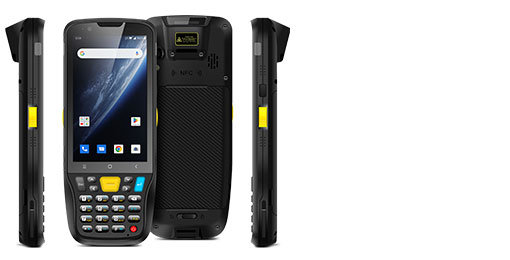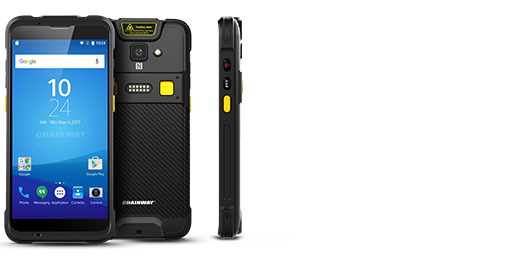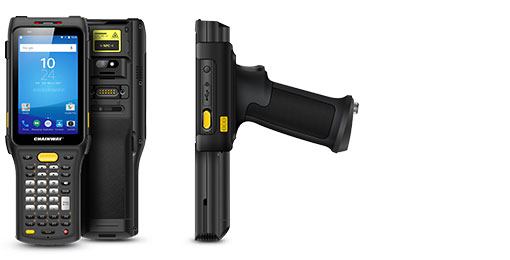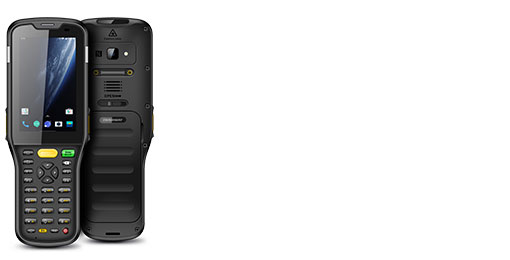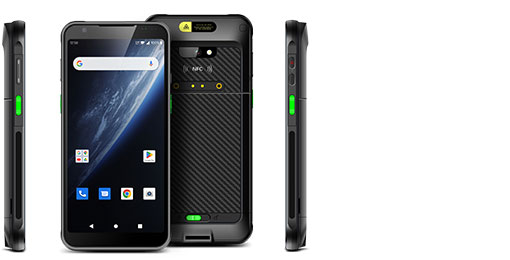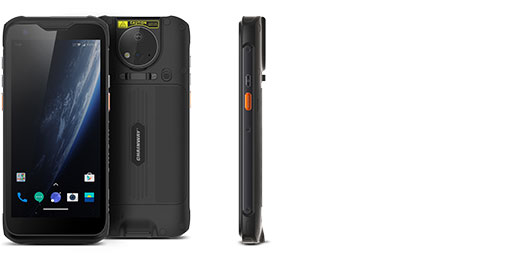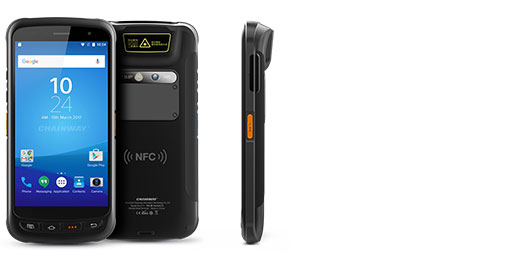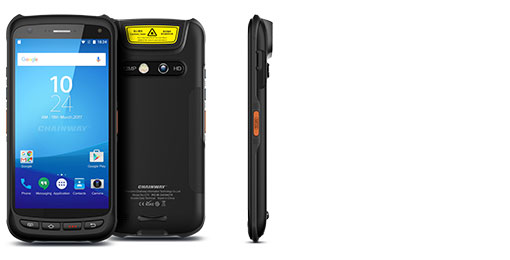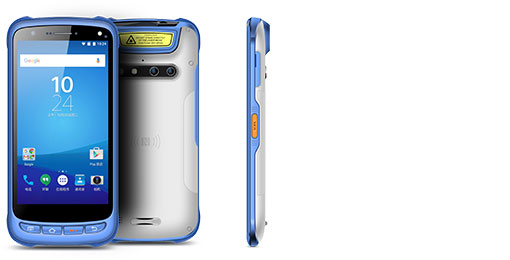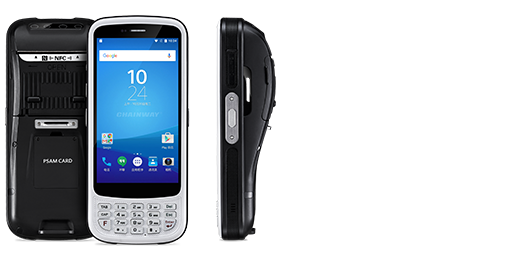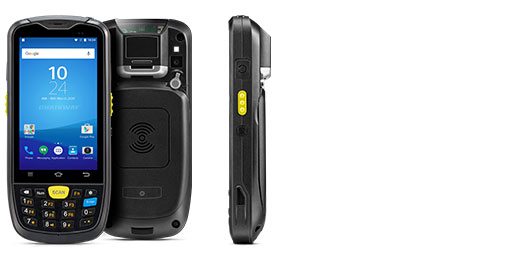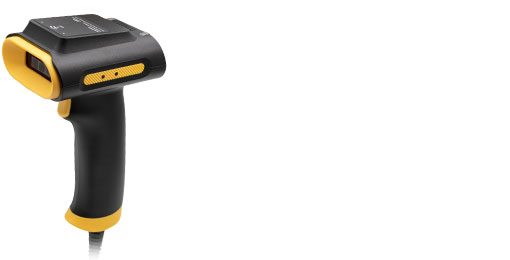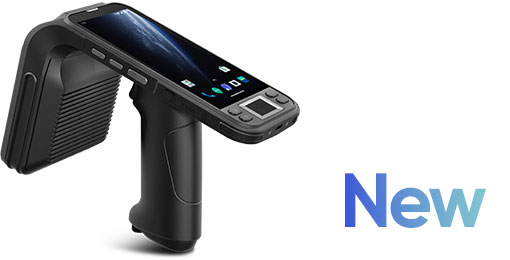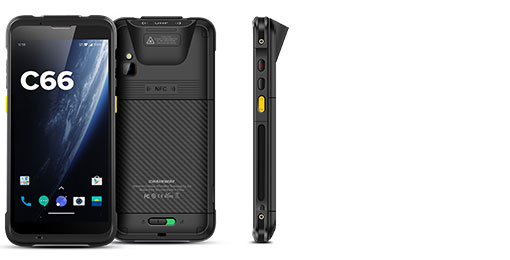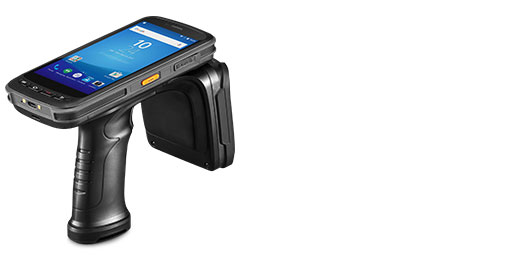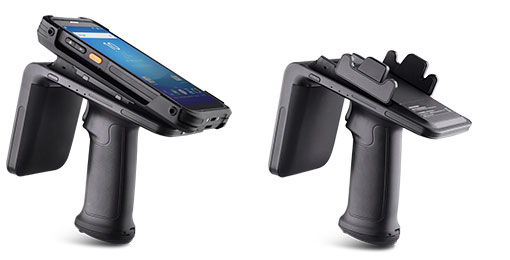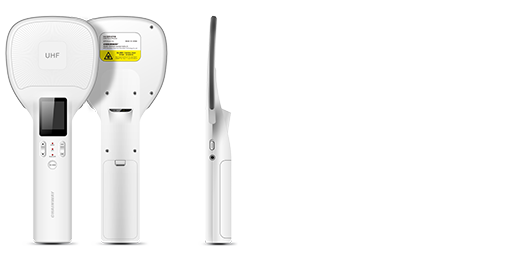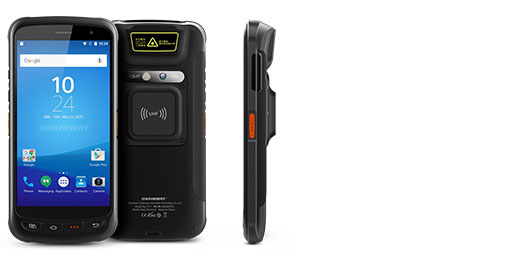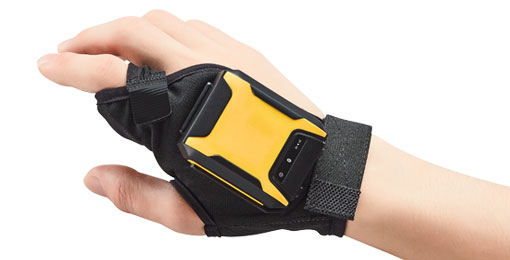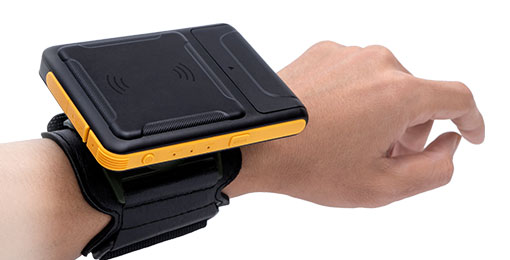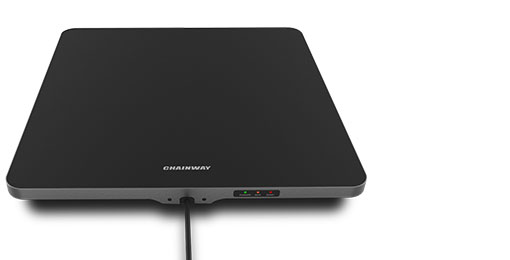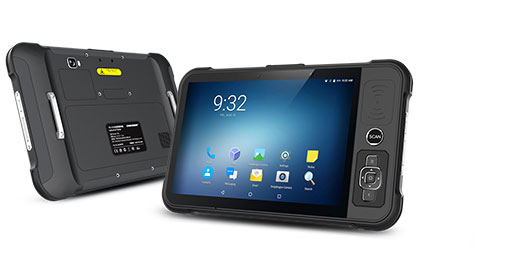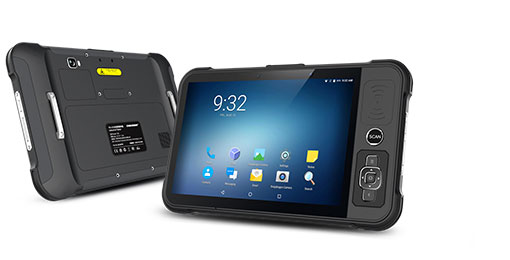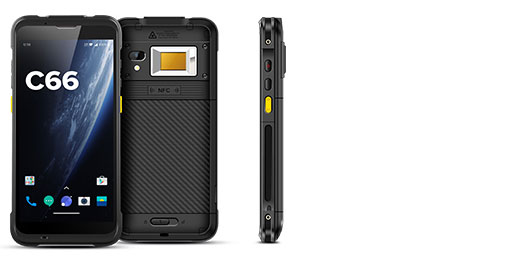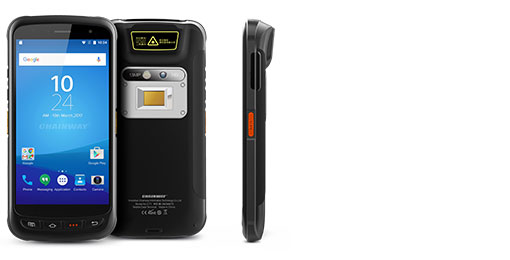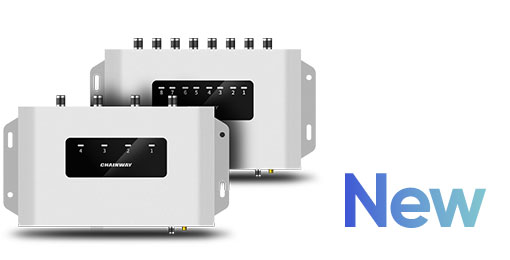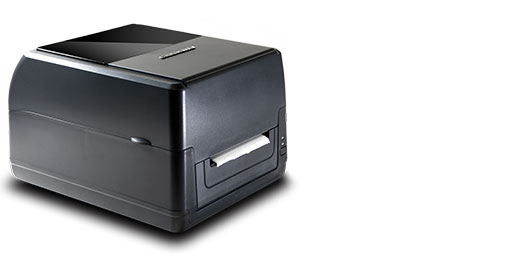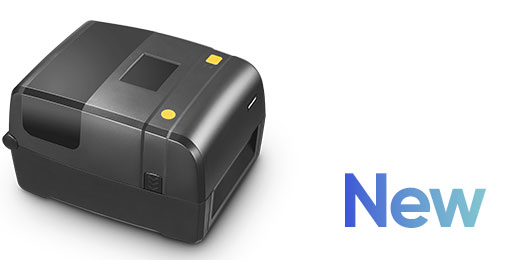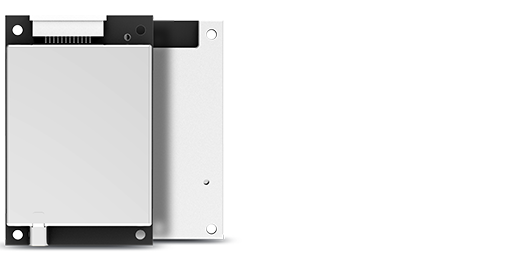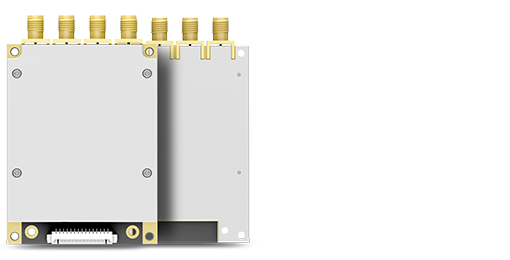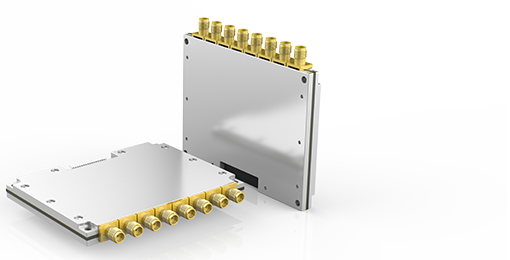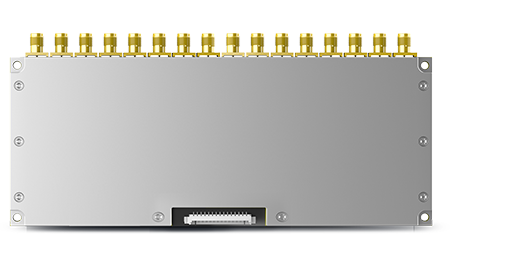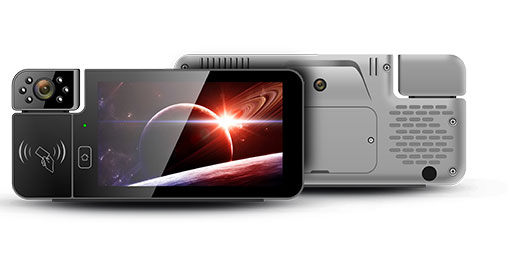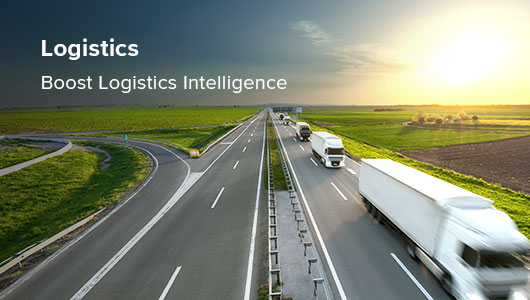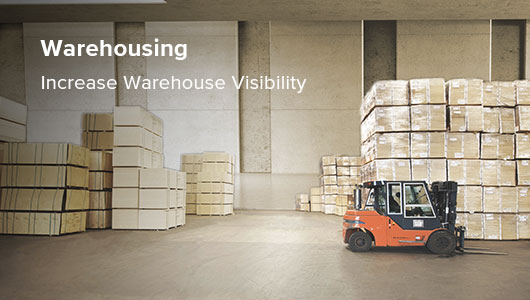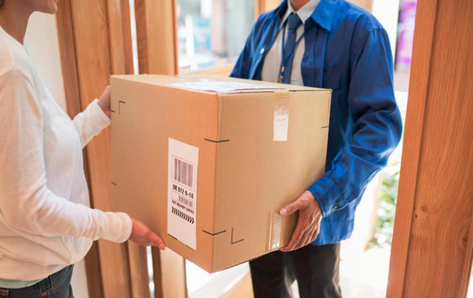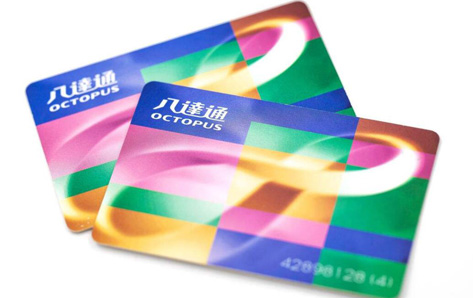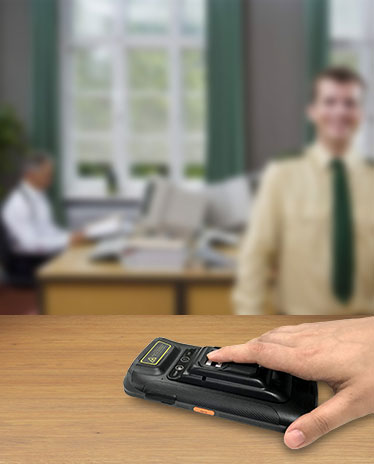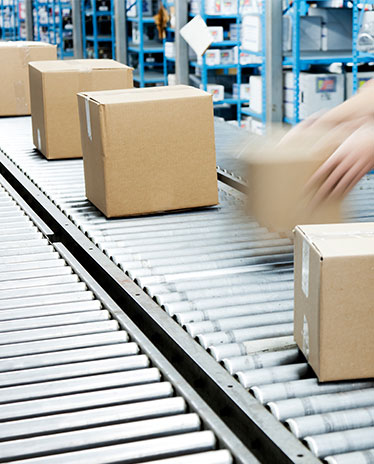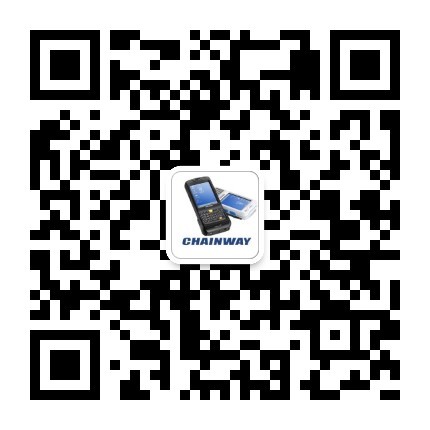Social and economic development has changed the way people shop. People not only have high requirements for the quality of goods, but also want to get a better shopping experience. For retailers, it is necessary to quickly grasp the market situation and coordinate all aspects to adapt to the new consumption concept. Therefore, automatic identification technologies such as barcodes and RFID have been popularized, mobile payment has also been rapidly developed, and the development of consumer electronics, home appliances, and clothing industries is the most mature. The packaged food, alcoholic beverages, and fresh food industries are gradually improved. The medical and tourism industries are the growth point of e-commerce in the future.
There are problems under the traditional retail business model. For example, at the end of each month, it is necessary to take stocks of commodities, and the number of commodities is huge and diverse, and the workload of traditional manual methods is huge. The efficiency of traditional manual counting is low, once the inventory data error occurs, there will be an embarrassing situation of repeated inventory, wasting unnecessary manpower and material resources. The data record of the inventory cannot be saved effectively, and the query is inconvenient in the future, which is not conducive to the management's timely grasp of the business status of the store, which is not conducive to the long-term development of the store. Due to inefficiency, inventory information cannot be updated in time, and there is a shortage of goods in the storefront, which cannot be replenished in time and affect sales.
Chainway retail management system, which is composed of mobile handheld terminals and embedded terminal commodity management software. By operating the mobile handheld terminal to scan the barcode information of the goods, the work at all aspects can be easily completed, and the wireless data can be used to transmit the product information to the back-end database, bid farewell to the handwritten transcript, get rid of the network cable, and easily realize the intelligent movement anytime, anywhere. Counting, accurate and fast.
Main application introduction
The input of warehouse management: According to the inbound receipt, after inspection, a label is attached to each item and sent to the logistics warehouse. The warehouse manager can scan the product barcode through the handset, and then register the product in the warehouse, and then upload the data directly to the back-end database system.
The output of the warehouse management: After the warehouse personnel obtains the bill of lading from the pick-up personnel, scan the barcode to know the quantity and specifications of the goods required by the customer, and then carry out the warehouse operation.
Commodity inventory management: After the warehouse manager receives the checklist printed by the data center, scan the inventory code to complete the inventory check.
Product intelligent sorting: Scan the barcode of the goods through the PDA to automatically identify the goods and record them for accurate and fast sorting of goods.
Product inventory inquiry: You can query the relevant information of the product online by manually inputting or scanning the product code.
Application value
• Intelligent operation of inventory, inbound and outbound sorting, etc., to achieve high automation of warehouse management, saving time and effort.
• Information is automatically entered and transferred to the database system via the network, eliminating the need for manual transcripts and achieving a paperless office.
• Improve the efficiency of input and output of warehouse, avoid manual operation errors, and timely configure the goods to ensure an adequate supply of various commodities.
• Real-time query of real-time inventory information and transfer to the management system via a wireless network for easier and more efficient management.
• The efficiency of warehousing operations has improved the sales of goods, and consumer satisfaction has been higher.

